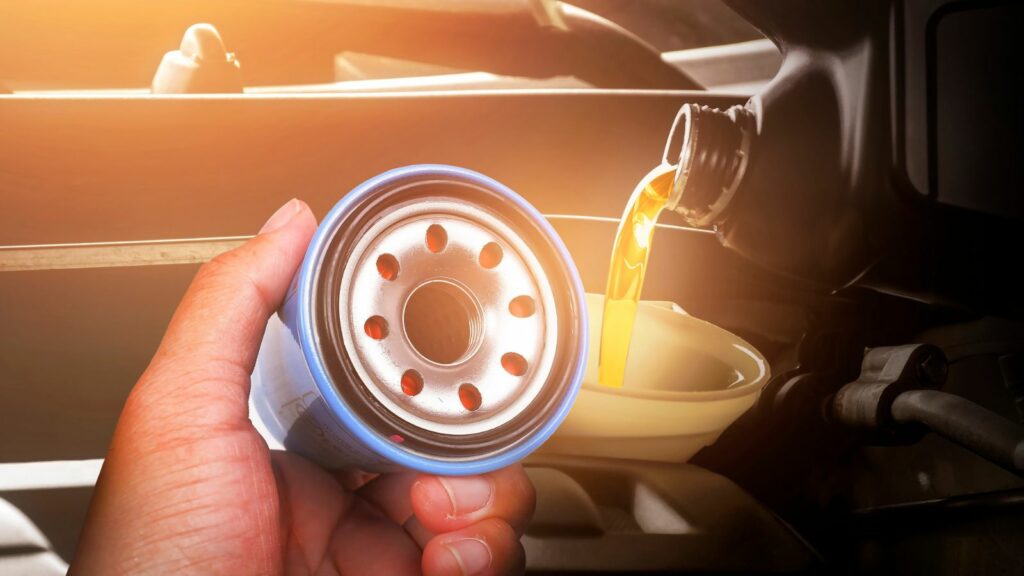For decades, car enthusiasts and mechanics alike passed along a bit of advice during oil changes: pre-fill your new oil filter with fresh oil before installing it. The idea was that doing so would prevent a moment of “dry start” when the engine is cranked after the oil change. But with modern engine technology evolving rapidly, many drivers are left wondering if this step is still necessary, or if it is simply outdated advice from another era. The answer is more nuanced than a simple yes or no, and it depends heavily on the design of the engine and the oil filter itself.
Why Pre-Filling Was Once Standard Practice
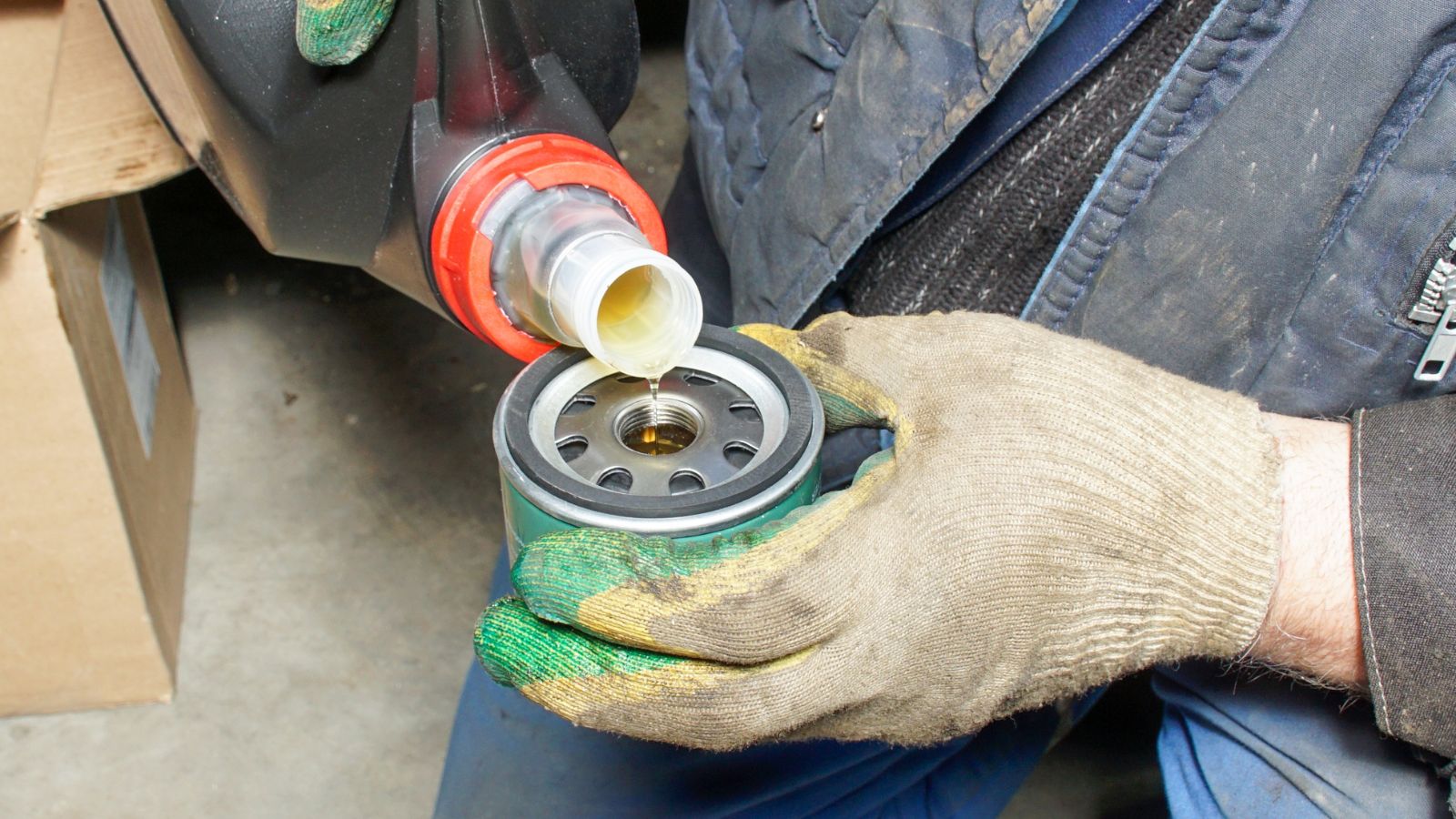
In older engines with larger, vertically mounted oil filters, pre-filling made sense. These filters held a significant amount of oil, sometimes up to a quart, and filling them ahead of time ensured the engine had immediate lubrication when restarted. Without pre-filling, the filter would need to fill up on the first crank, leaving bearings, lifters, and other critical components with only minimal oil pressure for a few seconds. Back when tolerances were looser and oil technology was not as advanced, those few seconds could mean extra wear over time.
How Modern Filters and Engines Changed the Game
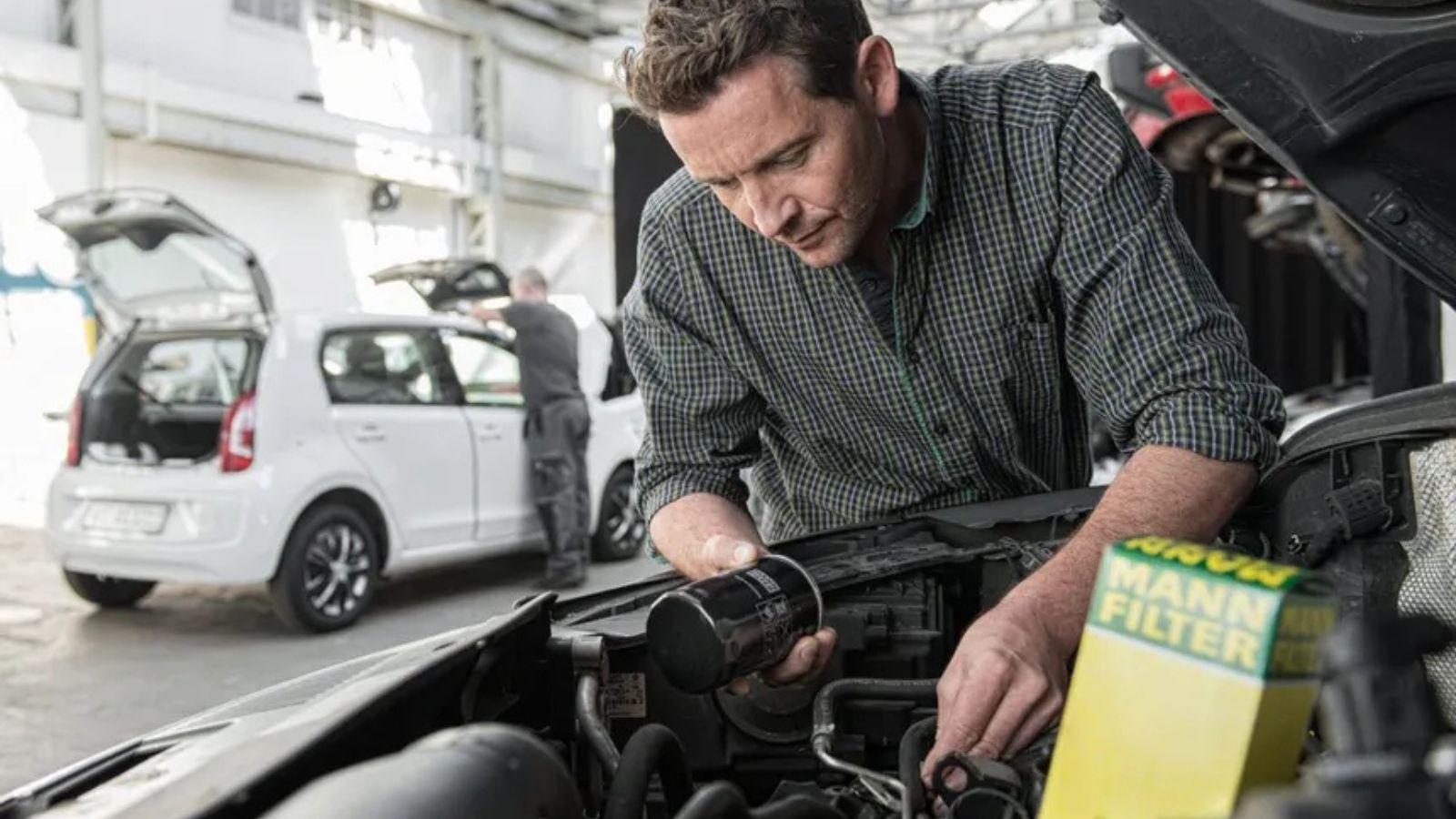
Today’s cars are built with much tighter tolerances and use advanced oiling systems that deliver pressure almost instantly. Modern oils also include additives that cling to metal surfaces even when the engine is shut off, providing protection during startup. On top of that, many filters in modern cars are mounted horizontally or upside down, which makes pre-filling either impractical or impossible. Trying to pre-fill in these cases would result in spilling oil before the filter is even tightened into place. For these reasons, manufacturers generally do not recommend pre-filling oil filters on new vehicles.
The Role of Anti-Drainback Valves
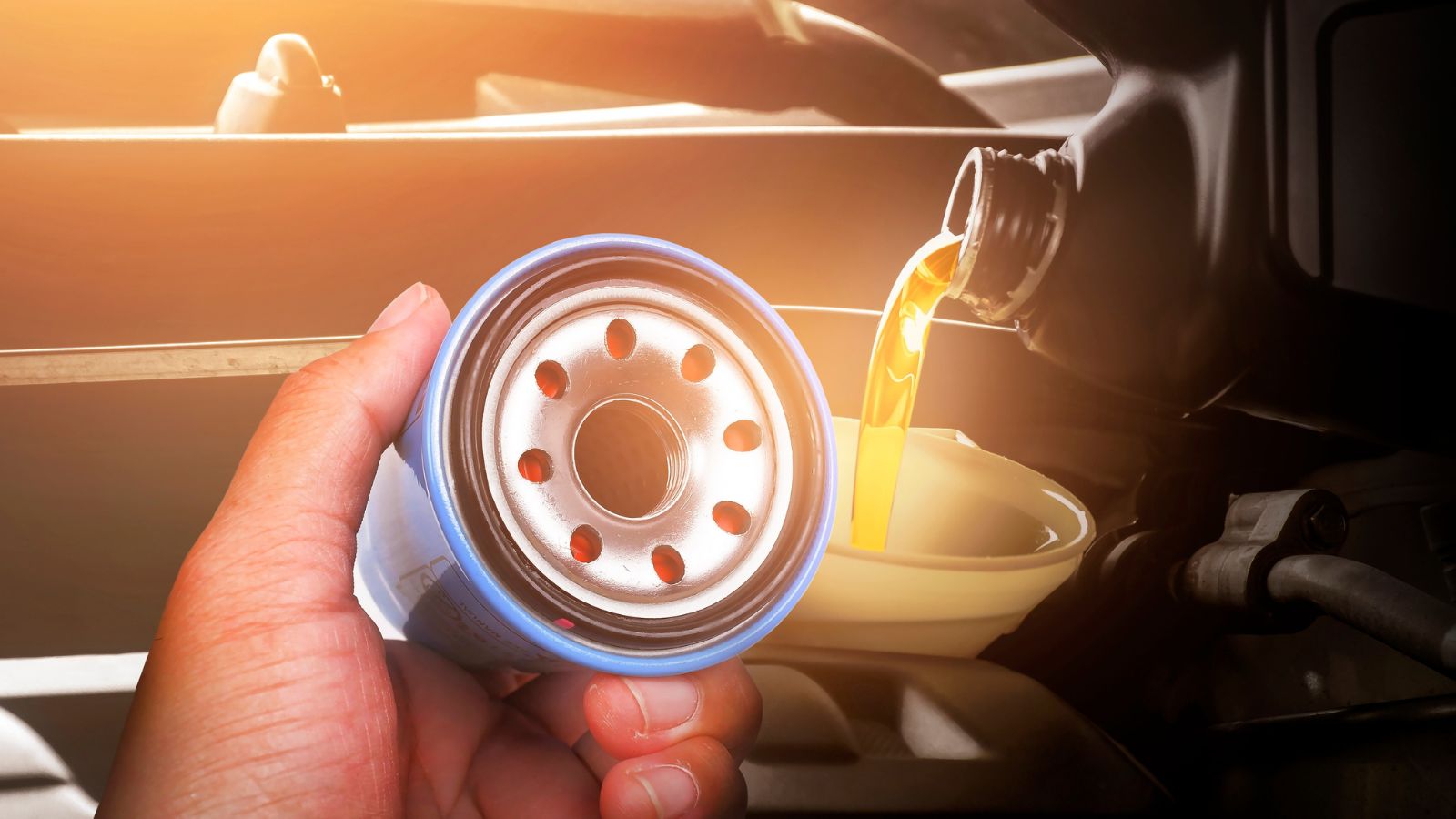
A key reason pre-filling is less critical today is the use of anti-drainback valves built into most modern filters. These valves keep oil inside the filter when the engine is shut off, so the filter is not empty the next time you start the car. This reduces the risk of dry starts and makes the entire pre-fill process less necessary. As long as a quality filter with a working anti-drainback valve is used, the engine should receive oil pressure within seconds of turning the key.
When Pre-Filling Still Makes Sense
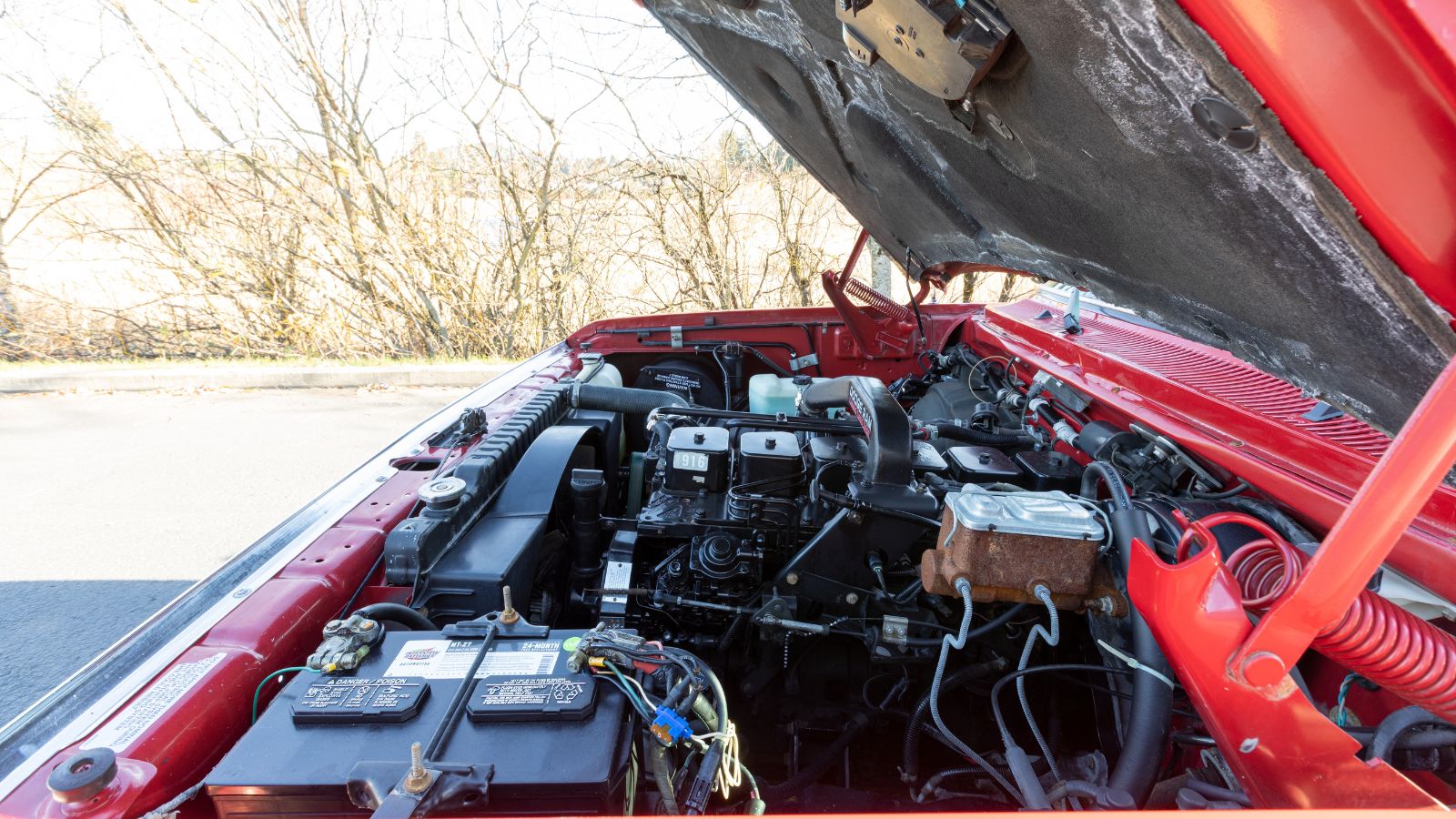
There are situations where pre-filling still has value. Large engines with filters that mount vertically, such as heavy duty trucks, tractors, or older V8s, often benefit from having the filter filled ahead of time. These filters hold so much oil that leaving them empty could delay oil circulation longer than desirable. In performance or racing applications where engines run at high stress, many mechanics continue to pre-fill as a safeguard. In these cases, the extra step provides peace of mind even if it is not absolutely required.
Why Some Still Swear By It
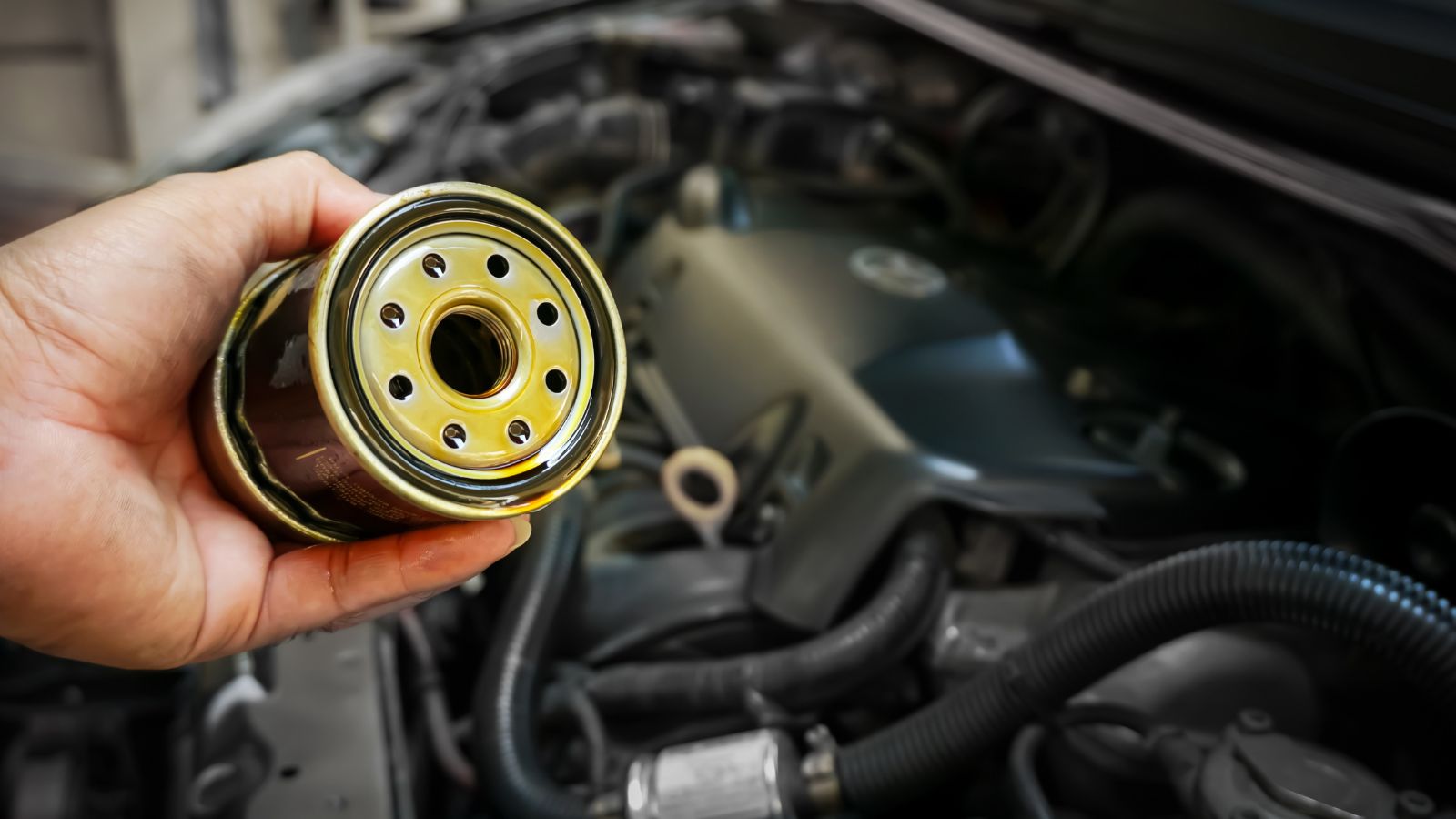
Veteran mechanics often continue to pre-fill filters simply because it is a habit built over years of work. They argue that there is no downside other than the minor inconvenience, and that the few seconds of saved dry running can only help. Even if modern technology has reduced the need, old habits die hard, especially in the world of engines where people prefer to err on the side of caution.
The Reality
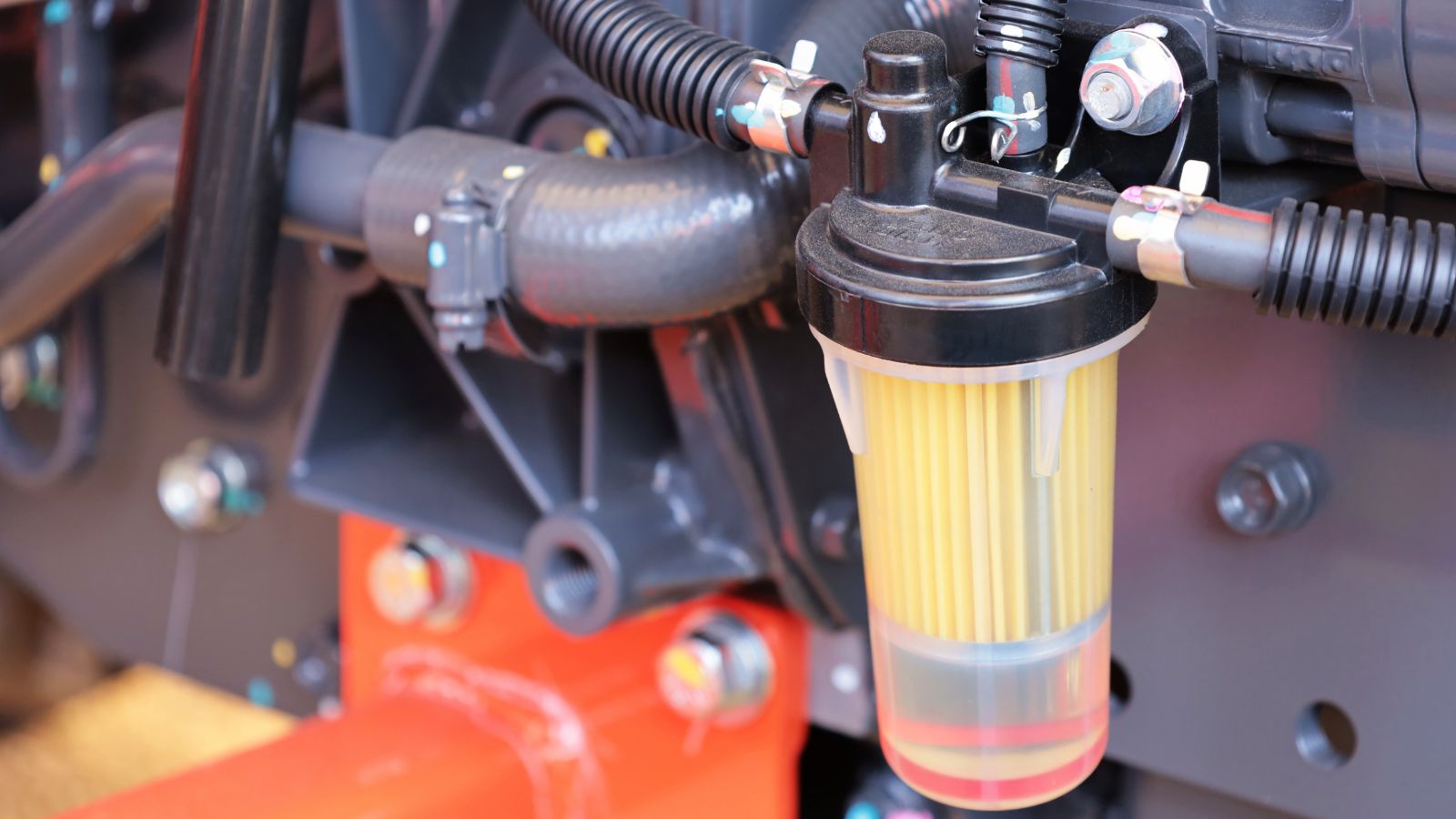
Pre-filling your oil filter is no longer a must for most modern cars, especially those with horizontally or upside down mounted filters. Advances in oil, engines, and filter design mean that your car will be protected even if you install the filter dry. However, for older vehicles with large, vertically mounted filters or heavy duty applications, pre-filling can still be a smart step to reduce startup wear. The practice is not wrong, but for many drivers it is no longer necessary. As with any maintenance step, the best advice is to follow your vehicle manufacturer’s guidelines. If the manual does not call for pre-filling, installing the filter dry is perfectly safe.
25 Facts About Car Loans That Most Drivers Don’t Realize

Car loans are one of the most common ways people fund car purchases. Like any other kind of loan, car loans can have certain features that can be regarded as an advantage or a disadvantage to the borrower. Understanding all essential facts about car loans and how they work to ensure that you get the best deal for your financial situation is essential. Here are 25 shocking facts about car loans that most drivers don’t realize:
25 Facts About Car Loans That Most Drivers Don’t Realize
